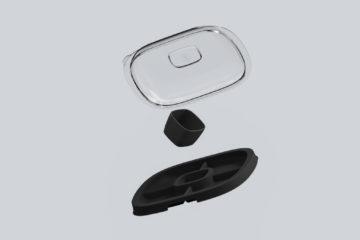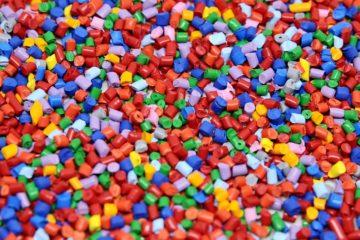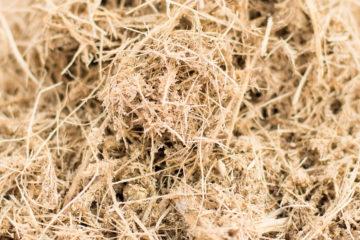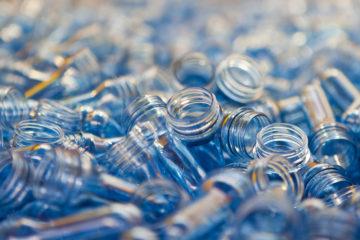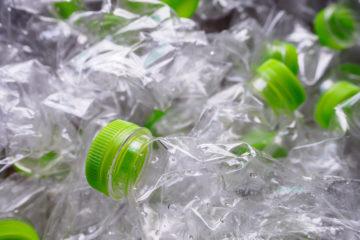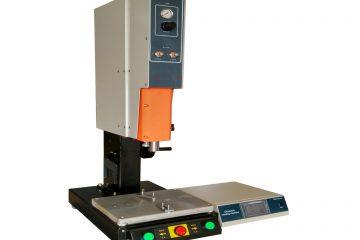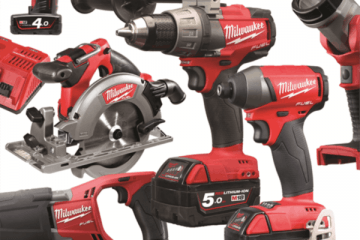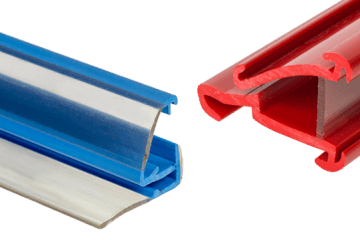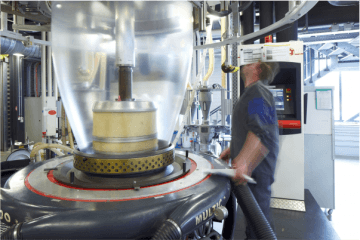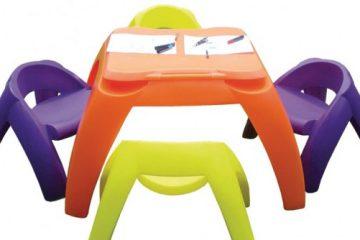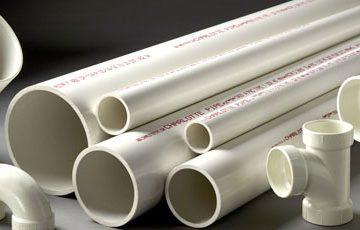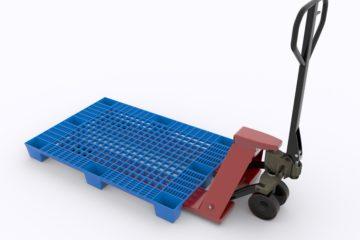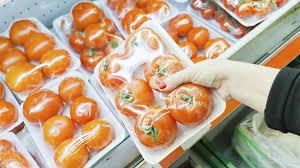
Polyethylene is the plastic worlds jack of all trades, the ultimate do anything tool. Like all good tools, its power lies in its simplicity. Let’s look at how the most common human made plastic on earth conquered applications ranging from food covering to ballistic protection, and how it might just work in your project.
All plastics are technically known as polymers. Poly is a prefix of ancient Greek origin, meaning “many” or “multiple”. Polymers get their name from their chemical structure, where a single molecule (the Monomer) links up with copies of itself to form a chain (the Polymer). The monomers chemical structure is what defines many of the basic characteristics of the resulting polymer.
The monomer for Polyethylene is, unsurprisingly, Ethylene (C2H4). Comprising just 6 atoms (2 carbon and 4 Hydrogen) it is, chemically speaking, very simple. But this simplicity is also its great power. Once polymerized Polyethylene chains can be packed together in a number of different ways, with each configuration giving the end product very different physical properties. Few plastics have this level of flexibility. Its various forms Polyethylene can be used in processes like injection moulding, blow moulding, extrusion and various film creation processes such as calendaring or blown film extrusion.
Although PE’s different polymer branch structures can have varying physical properties, all types of PE share some physical properties defined by the monomer itself. In its natural state Polyethylene feels waxy to the touch. Thanks to its base white colour it displays pigments clearly, and some types can be made optically clear. It has a low melting temperature of 80°C, which has the dual effect of barring it from many high temperature or friction generating applications but does make it very easy to process. It is also very resistant to chemicals and does not absorb water.
Below is a list of the more common forms of PE and the applications where their differing physical properties have lead to widespread adoption.
LDPE – Low Density Polyethylene is probably the form of PE most of us are familiar with. Thin films like food wraps, plastic bags and clear food containers are often LDPE. LDPE is not strong, but it is ductile, meaning it can be stretched and warped.
MDPE – Medium Density Polyethylene simply has more polymer chains packed into the same space as LDPE. The increase in density makes the product more crystalline. This gives it greater impact strength, but less ductility. It is most often processed into stronger films than LDPE, like carrier bags. It is also used ridged parts like waste water piping.
HDPE – No surprises here, the next step on the ladder is High Density Polyethylene. In this form PE has traded most of its stretchiness for strength. HDPE is the king of water pipes, and also sees use in objects like toys. Its low heat resistance keeps it out of machinery like power tools, but it can find a home anywhere cheap, ridged parts are needed.
UHMWPE – Moving ever upwards, Ultra High Molecular Weight Polyethylene is not actually much more dense than HDPE. The “Ultra High” molecular weight comes from the extreme length its polymer chains form. the chains are so long they can wrap around each other many times, giving it an abrasion resistance so good it has been used as the surface of artificial ice skating rinks, as the skates blades can only manage to cut very fine lines in it. It also finds industrial application wherever moving parts repeatedly touch or rub, as the materials high density and low friction combine to make pads that will only wear out very slowly.
If you’re unsure if PE is the right plastic for you, take a look at our article on the 10 Common types of Plastics.
Subscribe to Our Newsletter
Get the latest news from Dienamics into your inbox





